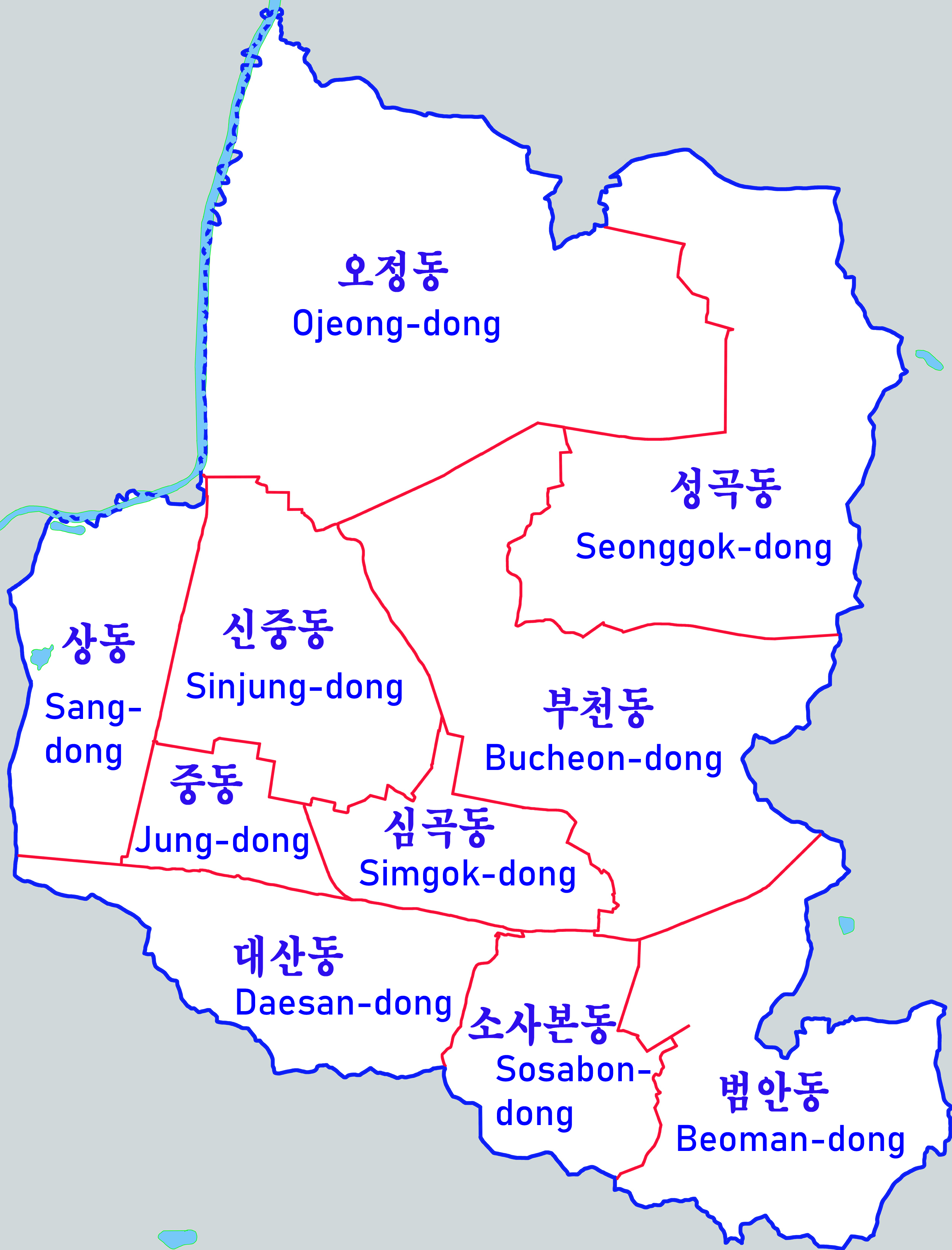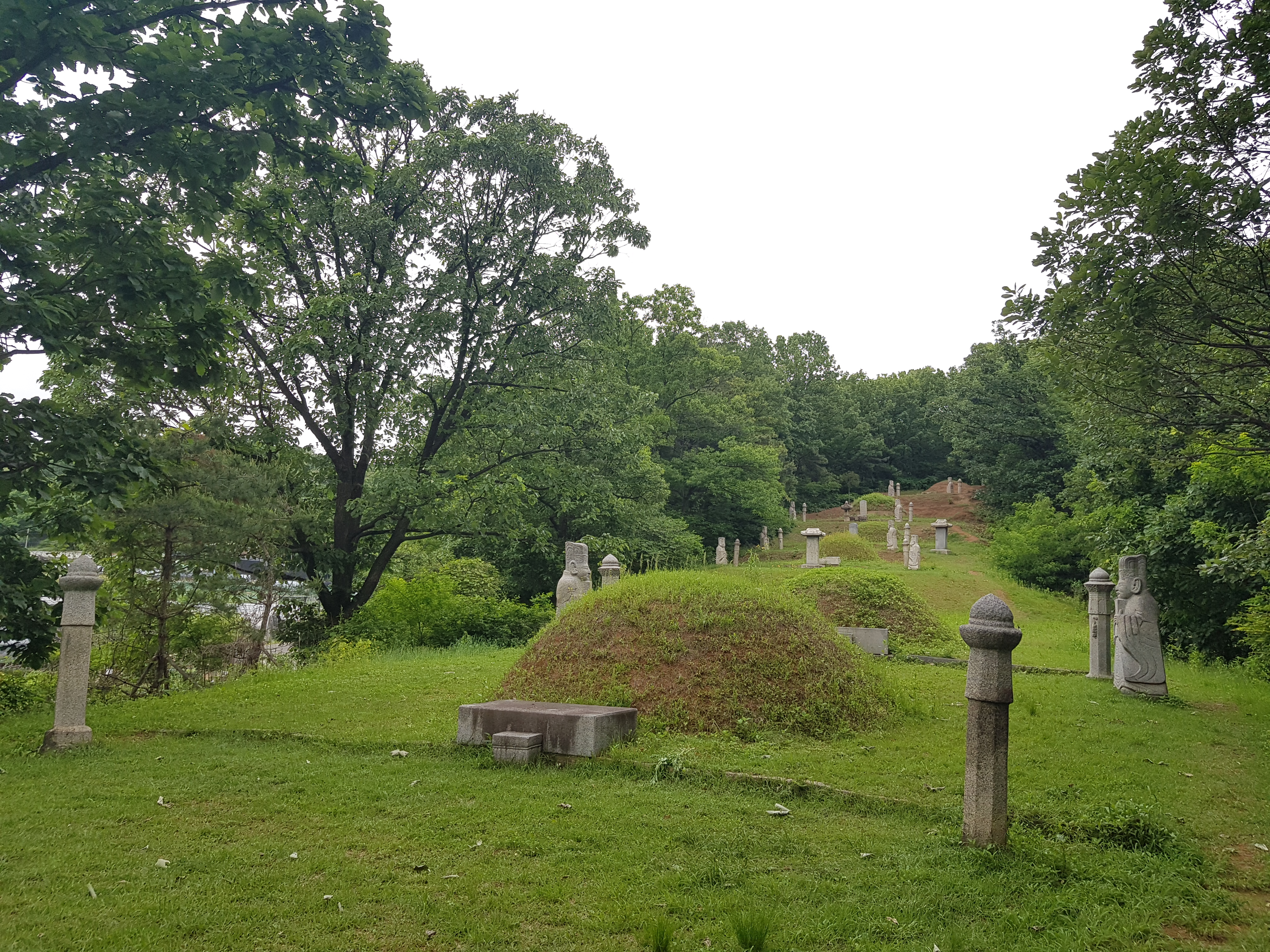|
Bupyeong, Incheon
Bupyeong () is an area surrounding Bupyeong District, Gyeyang District, Seo District, part of Bucheon and Guro District, Seoul Guro District (Guro-gu) is a district of Seoul, South Korea, which was separated from Yeongdeungpo District on April 1, 1980. Located in the southwestern part of the city, where besides Yangcheon District and Geumcheon District Guro District .... Until 1914, Bupyeong was a separate county independent to Incheon. References Bupyeong District Gyeyang District Seo District, Incheon Guro District, Seoul Bucheon {{SouthKorea-geo-stub ... [...More Info...] [...Related Items...] OR: [Wikipedia] [Google] [Baidu] |
Bupyeong District
Bupyeong District (Bupyeong-gu) is one of the 10 administrative divisions (eight municipal districts and two counties) that comprise Incheon, South Korea. Bupyeong-gu comprises an area of 12.35 square miles (31.98 square km), and has a population of 508,587. It is located north of Namdong-gu, east of Seo-gu, and south of Gyeyang-gu. The city of Bucheon, in neighboring Gyeonggi Province, comprises its eastern limit. History Bupyeong-gu was created as its own district in 1995 when 'Buk-gu' was split into 'Gyeyang-gu' and 'Bupyeong-gu' due to rapid growth in the region. Before the 1970s, much of the area was rich farmland. However, with rapid industrial development and the construction of large apartment complexes, the farmland quickly disappeared leaving what is today a large urban district. History of "old Bupyeong" Old Bupyeong was an administrative district, distinctive from Incheon, before 1914, when the Japanese colonial government merged it with outer parts of old Incheon ... [...More Info...] [...Related Items...] OR: [Wikipedia] [Google] [Baidu] |
Gyeyang District
Gyeyang District (Gyeyang-gu) is a ward in Incheon, South Korea. History The first historical record of Gyeyang-gu goes back to the Goguryeo kingdom in 470 AD under the name of Jubuto-gun. It was renamed to Bupyeong-dohobu in 1413 AD. It was later renamed Gyeyang-myeon and it was renamed again Buk-Gu (North Ward), Incheon as it was annexed to Incheon in 1989. Bupyeong-gu, Gyeyang-gu, and Seo-gu were all formed out of this ward. Seo-gu was separated out in 1988, and both Gyeyang-gu, and Bupyeong-gu were formed in 1995. Location Gyeyang-gu borders Bupyeong-gu to the south, Seo-gu to the west, Seoul's Gangseo-gu and Bucheon city to the east, and Gimpo city's Gochon-myeon to the north. Points of interest Bupyeongdohobu Government Building - Originally built during the reign of King Sejong (1413-1487 AD), it was destroyed during the Japanese invasion of 1592 and again during the Qing invasion of 1636. It was last rebuilt during the reign of King Sukjong (1674–1720 AD) Gyeyang ... [...More Info...] [...Related Items...] OR: [Wikipedia] [Google] [Baidu] |
Seo District, Incheon
Seo District (Seo-gu) is the largest district in Incheon, South Korea. It has an area , and it has the largest area of farmland in Incheon. In the past, Seo-gu was part of 'Buk-gu'. In 1988, a part of the ward was separated to form 'Seo-gu'. History * 1413: Seokgot-myeon, Mowolgot-myeon, Bupyeongdoho-bu * 1895: Seokgot-myeon, Mowolgot-myeon, Bupyeong-gun, Incheon-bu * 1896: Seokgot-myeon, Mowolgot-myeon, Bupyeong-gun, Gyeonggi-do * 1914: Seogot-myeon, Bucheon-gun * April 1, 1940: Included in Incheon-bu * August 15, 1949: Seogot Branch, Incheon * January 1, 1968: Segot Branch, Buk-gu, Incheon * July 1, 1981: Seogot Branch, Buk-gu, Incheon Direct Governing City Seo-gu History * January 1, 1988: Part of Buk-gu absorbed by Seo-gu * March 1, 1995: Annex of Geomdan-myeon, Gimpo-gun, Gyeonggi-do. * January 1, 2002: Division of Geomdan-dong into Geomdan-1-dong and Geomdan-2-dong. * September 1, 2005: Sub-division of Geomdan-1-dong and Geomdan-2-dong into Geomdan-3-dong. * September 1 ... [...More Info...] [...Related Items...] OR: [Wikipedia] [Google] [Baidu] |
Bucheon
Bucheon () is a administrative divisions of South Korea, city in Gyeonggi Province, South Korea. Bucheon is located away from Seoul, of which it is a satellite town, satellite city. It is located between Incheon and Seoul. Bucheon is the second most densely populated city in South Korea after Seoul, and as a result, administrative districts were abolished in July 2016 in favor of providing greater public service in community centers. Major manufacturing operations are located in the northern areas of the city, while the areas in the south where Seoul Subway Line 7 and Seoul Subway Line 1 pass are dense commercial and residential areas. Modern history In 1914, the outer areas of Incheon City (including Gwangyo-dong, old Incheon's city center) and Bupyeong District#History of "old Bupyeong", Bupyeong County were joined under the name ''Bucheon''. In 1931, Gyenam township (''myeon'', 계남면) was renamed Sosa township (''myeon'', 소사면). In 1936, the westernmost part of Buc ... [...More Info...] [...Related Items...] OR: [Wikipedia] [Google] [Baidu] |
Guro District, Seoul
Guro District (Guro-gu) is a district of Seoul, South Korea, which was separated from Yeongdeungpo District on April 1, 1980. Located in the southwestern part of the city, where besides Yangcheon District and Geumcheon District Guro District has an important position as a transport link which contains railroads, land routes from the rest of Seoul to the south of the country. The Gyeongbu and Gyeongin railway lines connect Seoul to Busan and Incheon. In addition, Seoul Metropolitan Subway lines 1, 2, and 7, and major highways intersect in Guro District. The name Guro originates from the legend that nine ( ko, gu, script=Latn) old men (Korean: ''ro'') enjoyed longevity in the district. A digital industrial complex is located in Guro District. The Guro Digital Industrial Complex, which played a leading industrial role mainly with textile manufacturing, dressmaking and other labour-intensive industries in 1967, has been rapidly changed into an IT industrial complex. This ... [...More Info...] [...Related Items...] OR: [Wikipedia] [Google] [Baidu] |


